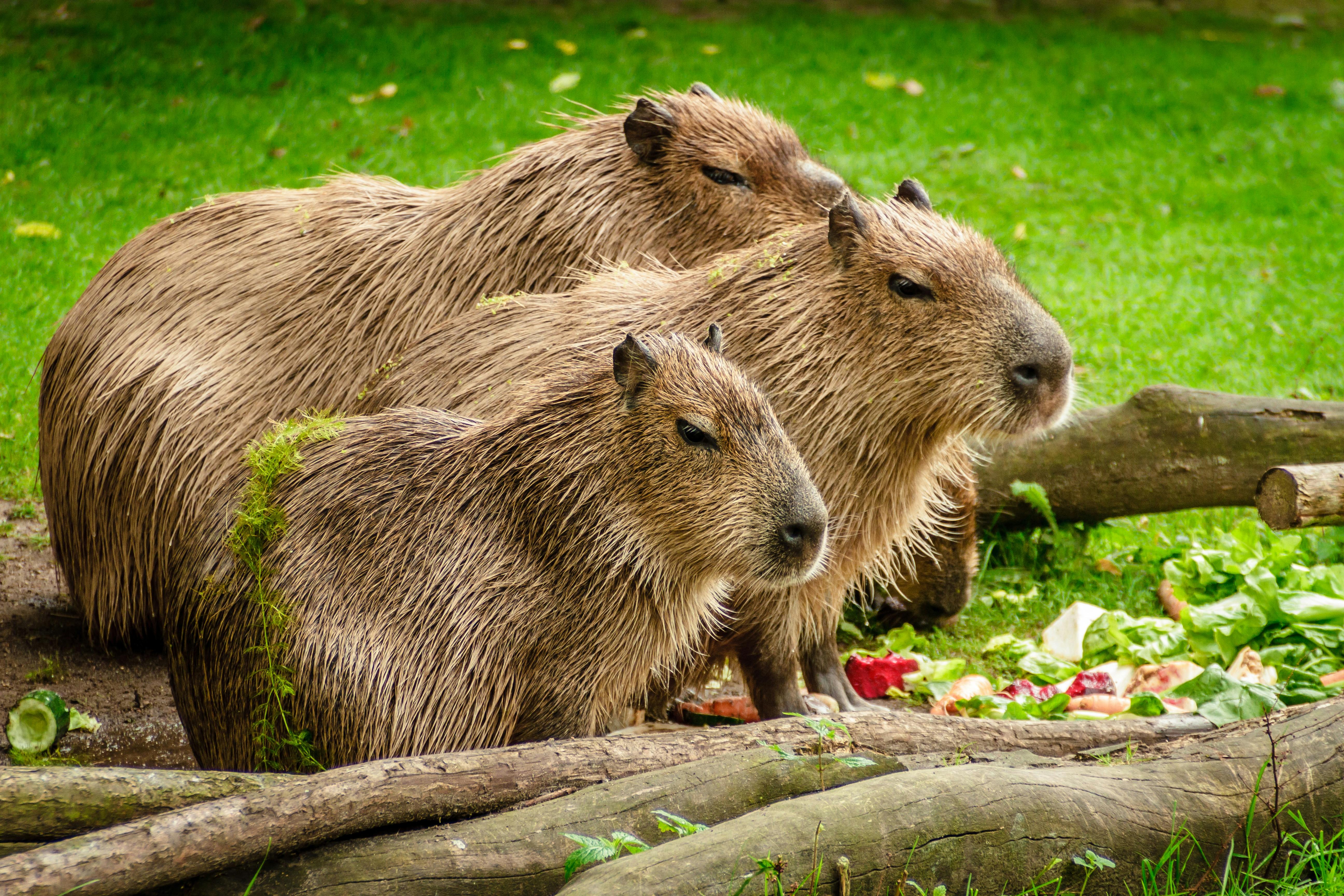Decoding the Behavior of Australian Wombats
The mysterious marsupials of Australia, wombats, have intrigued and baffled scientists and animal lovers alike with their peculiar habits and unique biology. This article delves into the fascinating world of wombats, exploring their behavior, significance in Australian ecosystems, and the conservation challenges they face.

The Unique World of Wombats
The wombats of Australia are a quirky and captivating species. These burrowing marsupials, distinguished by their distinctive pouches and robust, rounded bodies, are a vital part of Australia’s diverse ecosystems. Their historical significance dates back to the native Aboriginal tribes who revered them and their peculiar habits, including their unique cube-shaped droppings and nocturnal lifestyles, make them a fascinating subject of study.
The Role of Wombats in Australia’s Ecosystem
Wombats are ecological engineers, playing a vital role in maintaining Australia’s environment. They dig extensive burrow systems, which provide shelter for many other species, promoting biodiversity. Their digging activities also enrich soil fertility by mixing the earth layers, aiding vegetation growth.
Decoding Wombat Behavior
Wombat behavior is unique and often puzzling. Their cube-shaped droppings, a physiological marvel, are a form of territorial marking. They are also known for their resilience and strength, often using their robust bodies to bulldoze obstacles or predators. Understanding these behaviors gives us a fascinating insight into wombats’ survival strategies and social structures.
Wombat Conservation Challenges
Despite their charm and ecological importance, wombats face numerous conservation challenges. Habitat loss, disease, and human-wildlife conflict are major threats. The spread of sarcoptic mange, a debilitating skin disease, has significantly impacted wombat populations. Conservation efforts are underway, focusing on habitat protection, disease management, and public education about wombats’ plight.
The Future of Wombat Conservation
The future of wombat conservation hinges on innovative and collaborative approaches. Recent initiatives include the use of drone technology for population monitoring and the development of a vaccine for sarcoptic mange. The estimated costs of these projects vary, but they demonstrate a promising commitment to preserving this iconic Australian species.
This exploration into the world of wombats underscores the importance of understanding and protecting our planet’s unique wildlife. Wombats are more than just an Australian icon; they are a vital link in their ecosystems and a captivating subject of scientific research. As we continue to decode their intriguing behaviors and address their conservation challenges, we deepen our appreciation of these resilient, remarkable marsupials.




